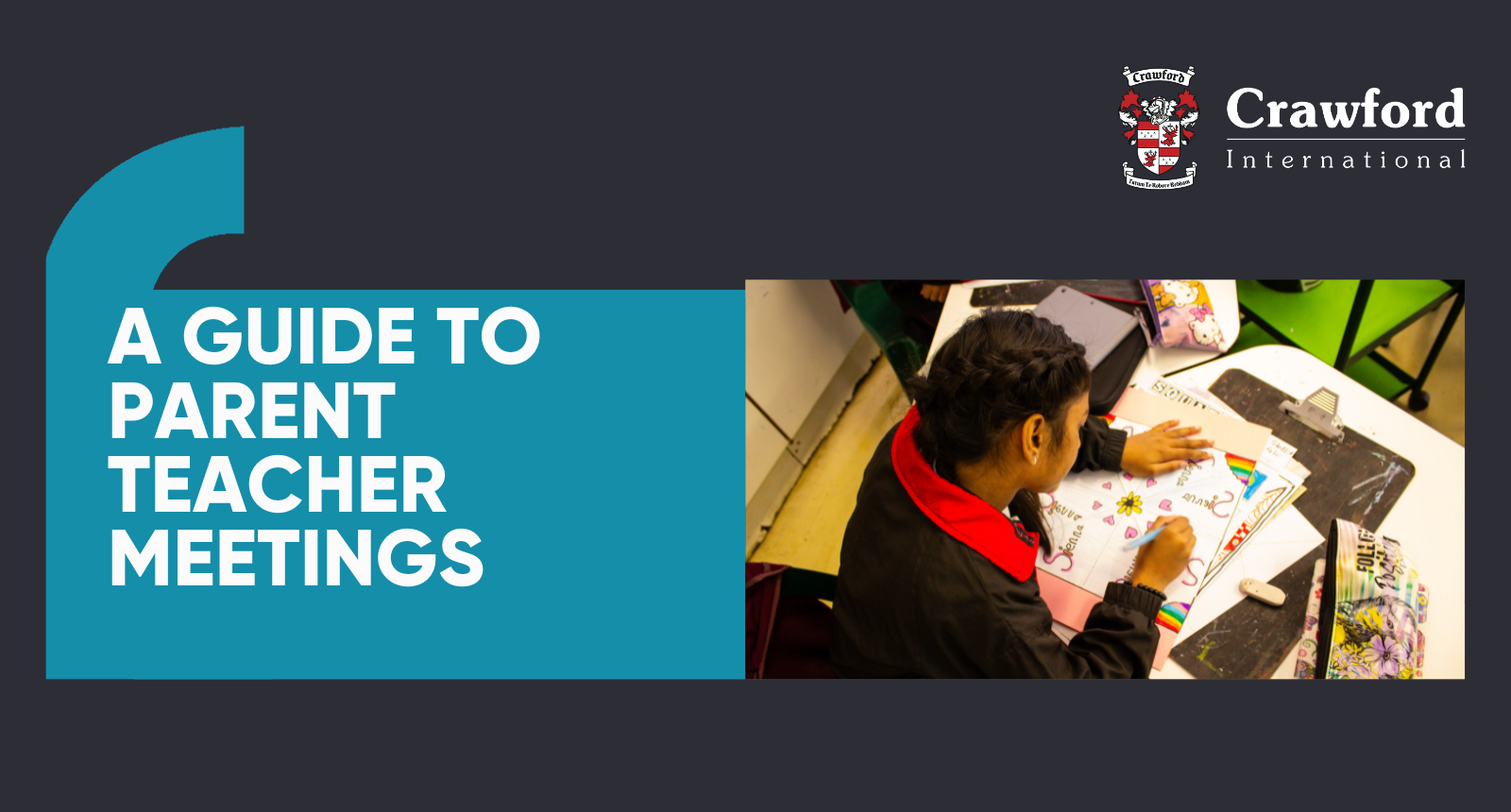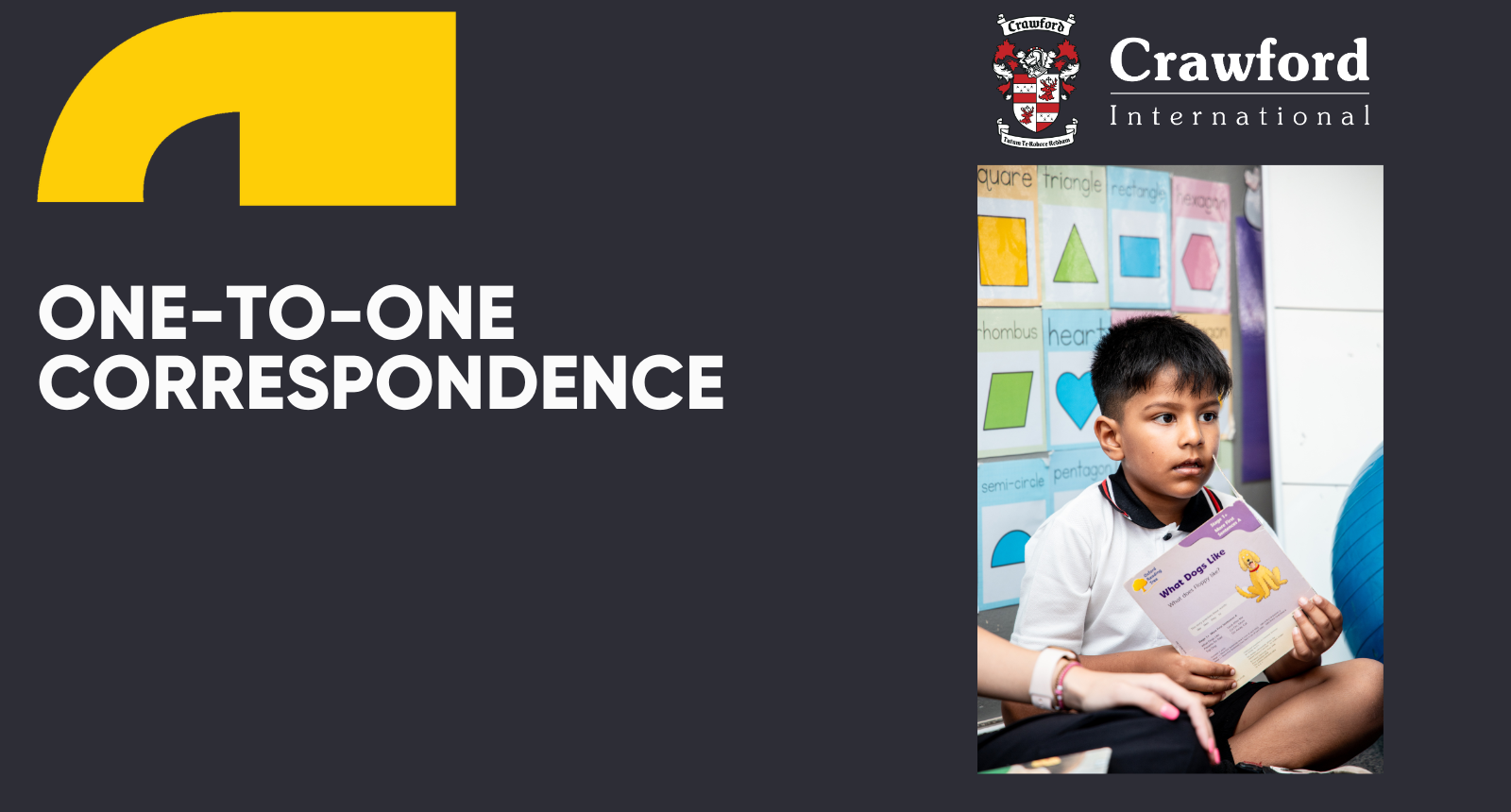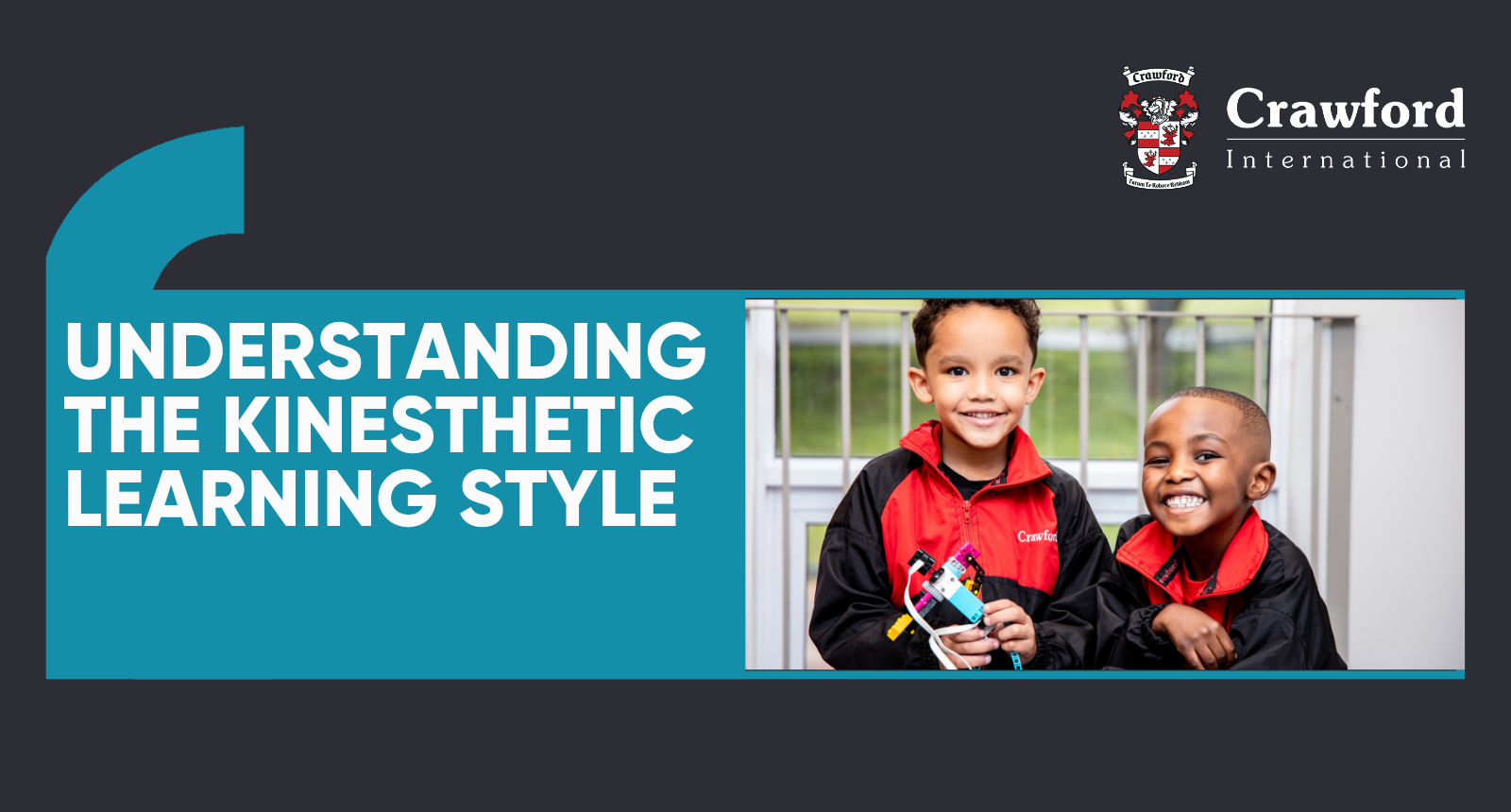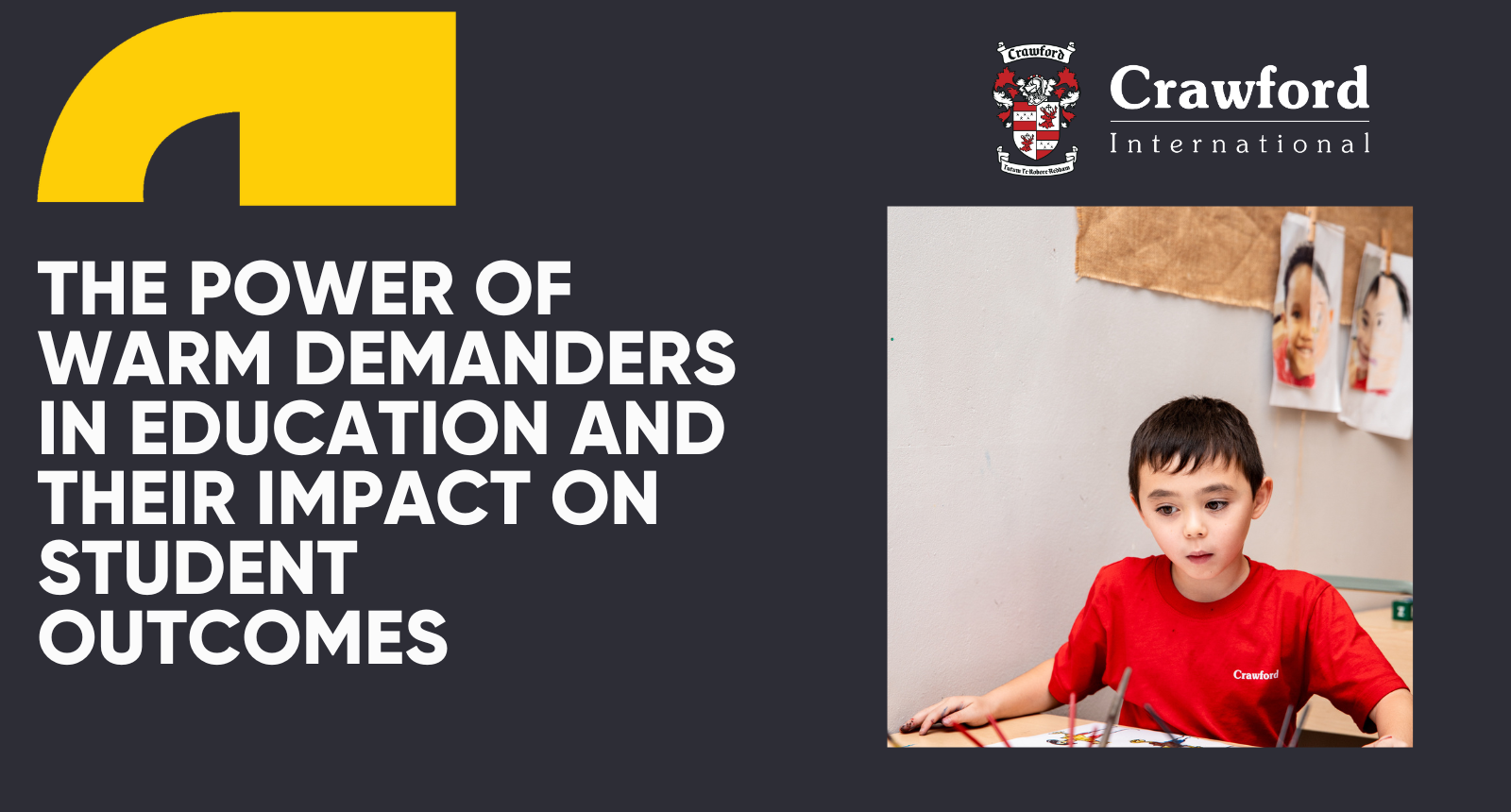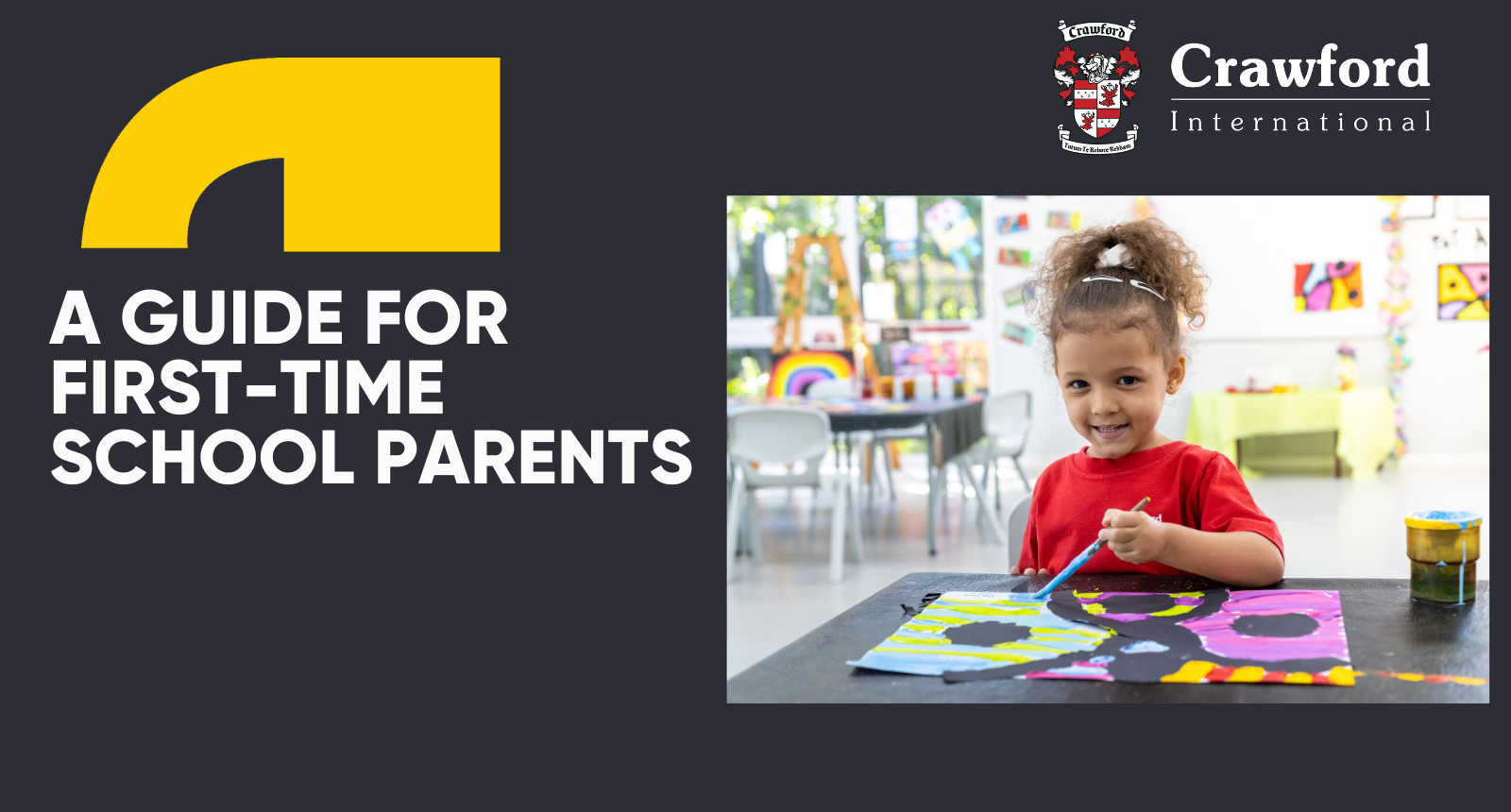Mindfulness activities for teenagers
No Author • April 17, 2023
Help your teen focus on the present and learn ways to protect their mental wellbeing

Being a teenager in today’s world is tough. We don’t need to detail all the stressors and responsibilities your teen faces, because you can see how their changes worlds affect their wellbeing. It likely has you thinking more about their mental health than parents of generations before us had to.
Enter the concept of mindfulness – the intentional act of experiencing and engaging with the present moment without judgement. It’s a useful tool and coping strategy to access when things start feeling like “too much”. Indeed, research shows that practising mindfulness regularly can decrease anxiety and depression, improve sleep, reduce negative stress levels, increase emotional regulation, boost concentration self-awareness and self-confidence, and improve interpersonal relationships.
And the earlier in life your teen can learn how to do this, the easier it will be to take advantage of the benefits of mindfulness. Here are five simple mindfulness ideas to encourage your teenager to try.
1. Guided meditation
The act of meditation is the very essence of mindfulness, but it can feel a bit intimidating. There are many apps and videos available online that offer guided meditations and breathing techniques, because having someone help you through it takes the stress out of it. So, all your teen needs to do enjoy it. Look at resources like Headspace or Calm to start off with.
2. Movement for good
Moving the body and paying attention to how it feels is a great way to introduce mindfulness to your teen. Plus, there are many ways to do this:
- Take a yoga class, another time-honoured mindfulness technique that focuses on breathing, movement, and staying in the moment.
- Enjoy an intentional nature walk, taking care to notice the quality of the light around you, the sounds of nature, how your body is breathing and moving.
- Even running can be meditative, as long as you are focusing on the here and now – the feel of your feet against the road or track, how your lungs fill up with air as you breathe, and how the air feels on your skin as you move forward.
3. Build a puzzle
Puzzles are a great calming activity that force the mind to focus on the task at hand and nothing else, whether it’s a jigsaw, word search, Sudoku, or crossword. Encourage your teen to pay attention to each step of the process and give thought to how they’re feeling while completing the activity. Where there any challenging bits and how did they feel in those moments? Remember, it’s just about noticing those things and not judging them as good or bad, or trying to fix them. Those frustrations “just are”.
4. Do a body scan
Paying attention to the body is a great way to apply non-judgemental mindfulness, and doing a quick body scan is a great way to just slow the world down when things get too much. So, let them find a quiet place, where they won’t be interrupted for 15 to 20 minutes. A body scan is where you bring your attention to the various parts of your body, spending around 30 seconds on each body part – the soles of the feet, the toes, the tops of the feet, the ankles, etc). This is about slowing everything down around you and heightening your awareness as a result.
As they move through their body parts, have them notice the physical sensations they’re experiencing. Is there any warmth or coolness? Any tension, pressure, or tingling? What textures can they feel?
5. Colour in
Another deceptively effective mindfulness technique is colouring – just focusing on the feeling and swirls of a pencil, marker or crayon as you fill in the space of a design. Pay attention to how you’re breathing, how you feel when you change colours, how the paper feels against the tip of the pencil, marker or crayon, appreciate the colours you’re using and watch the design come together.

